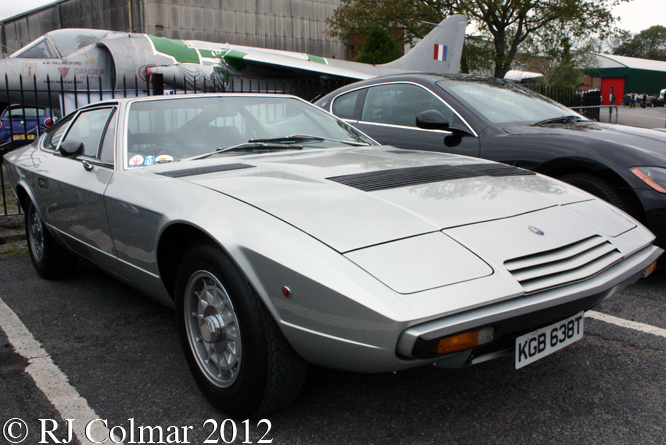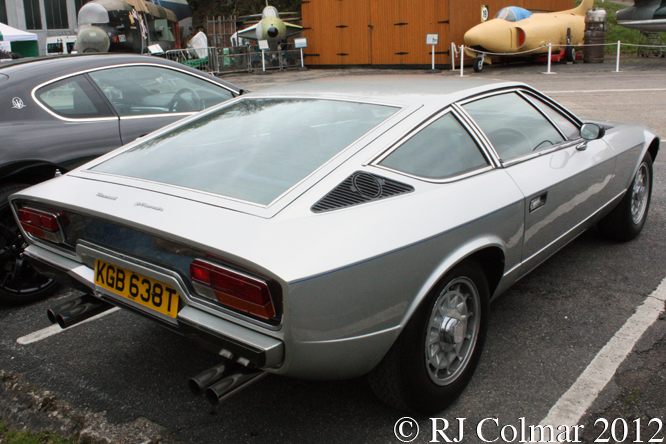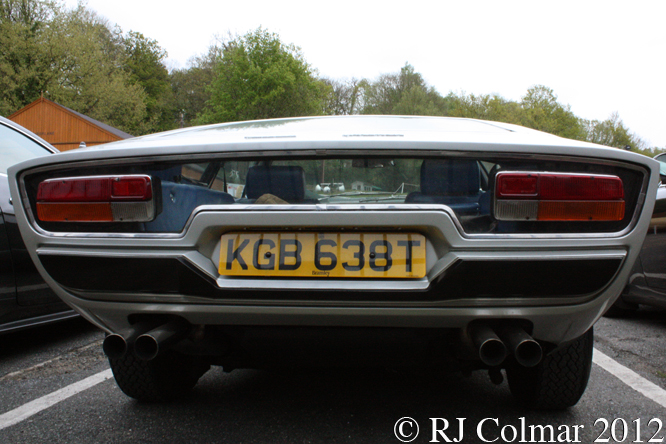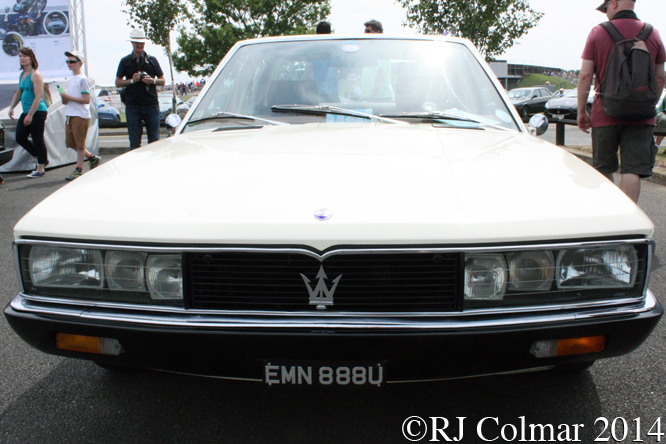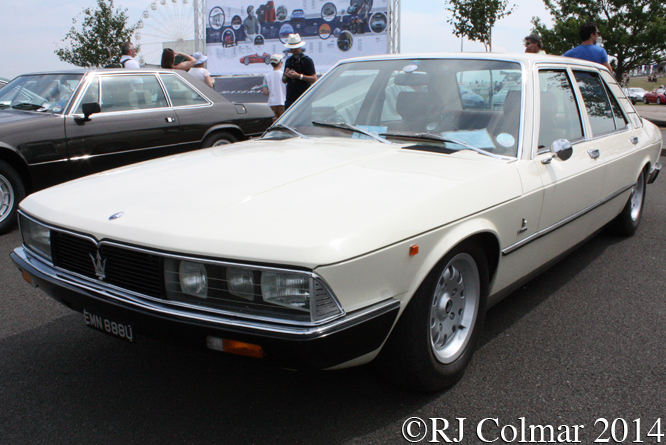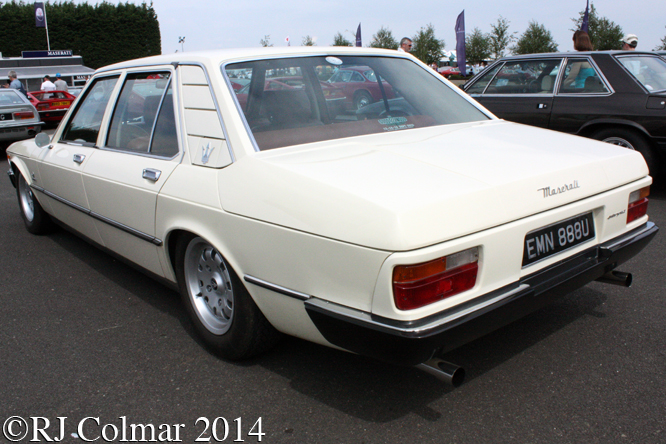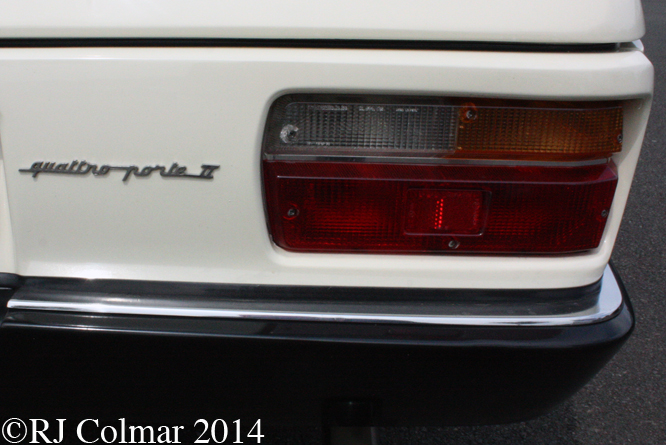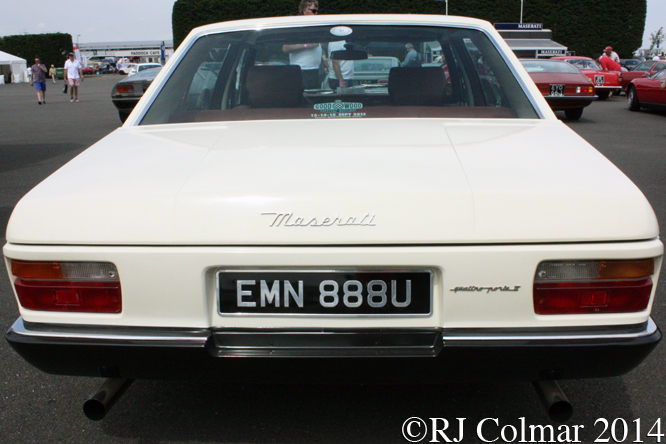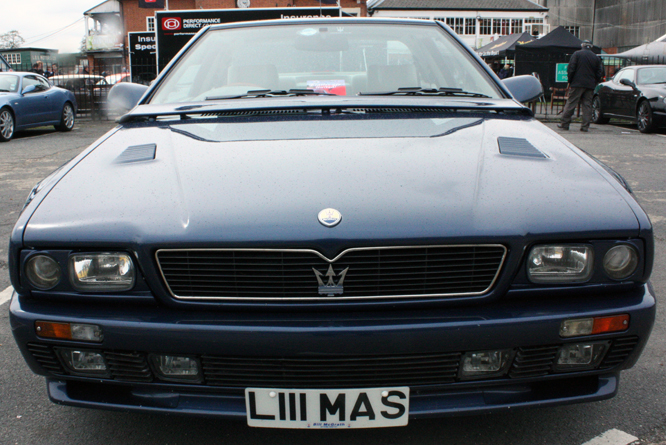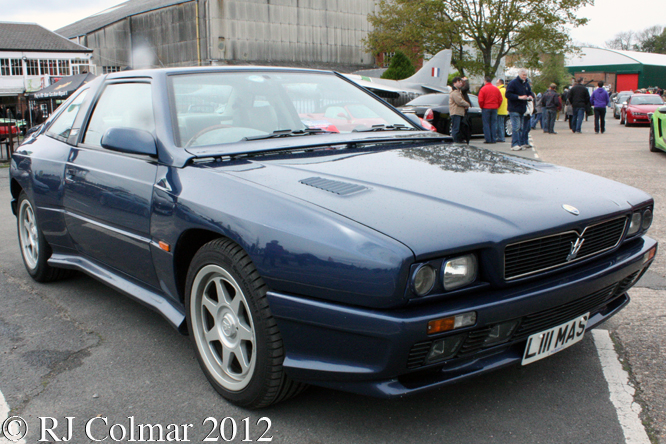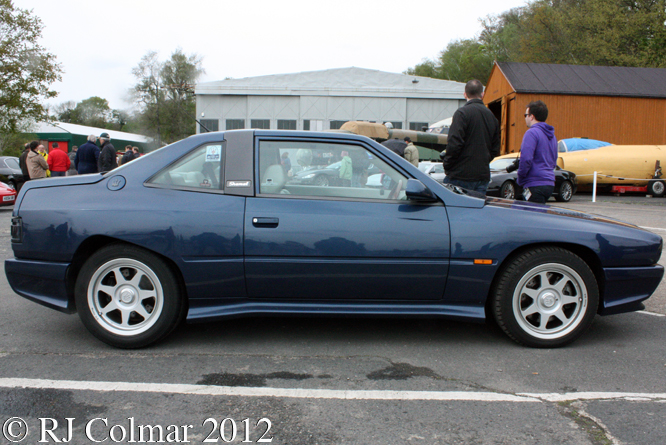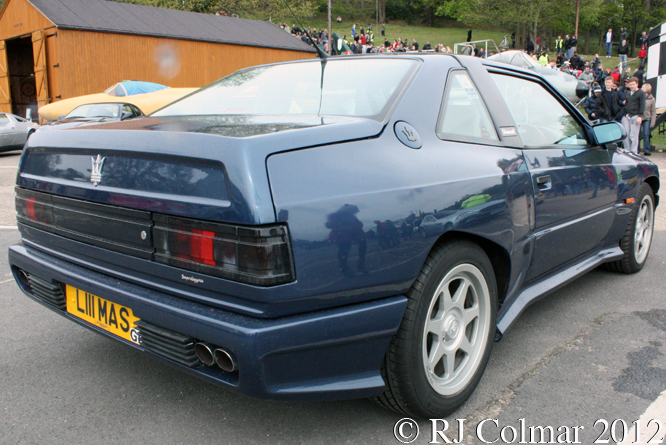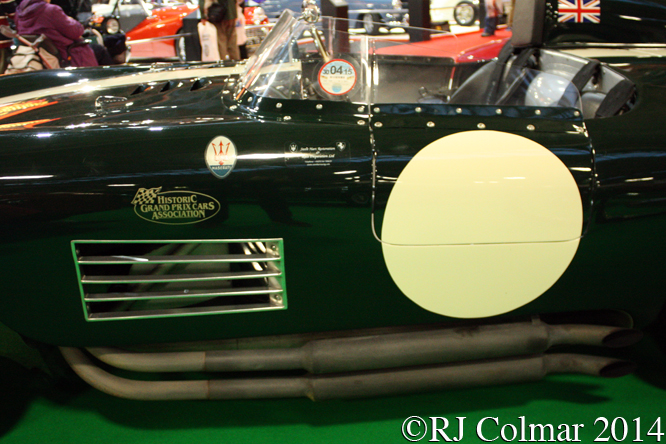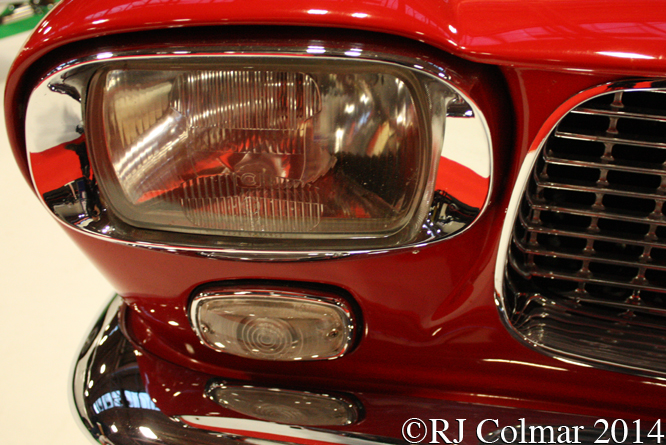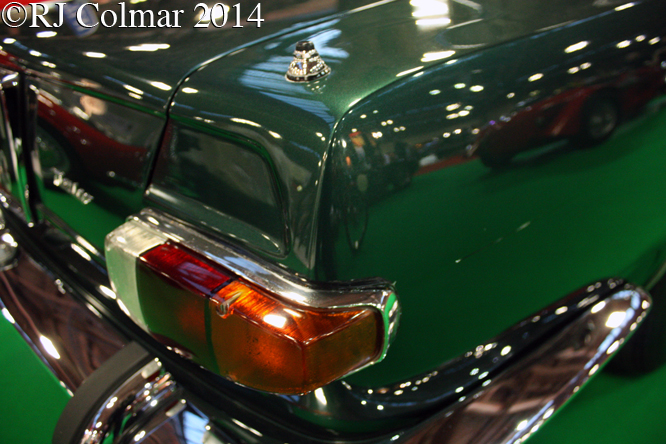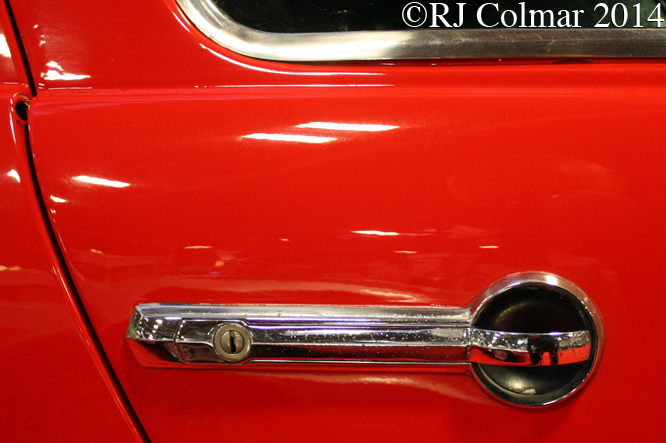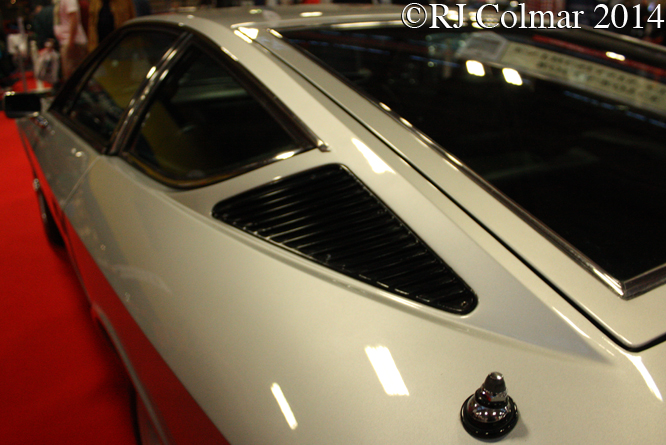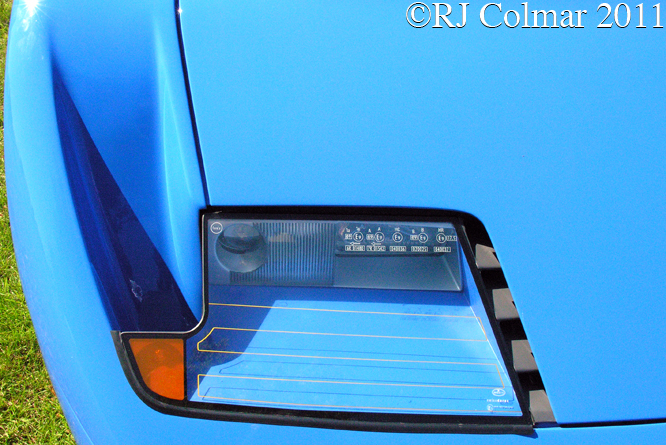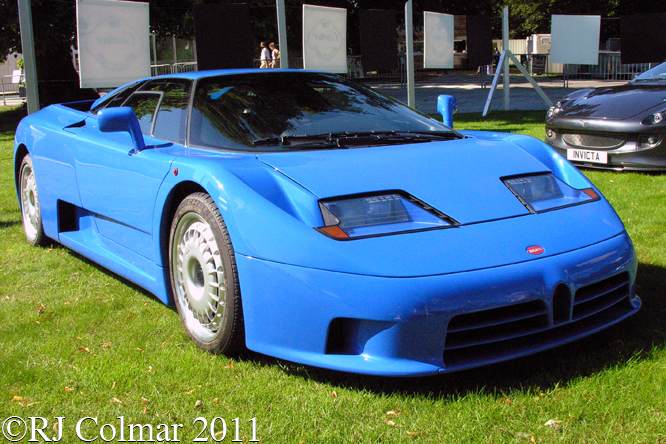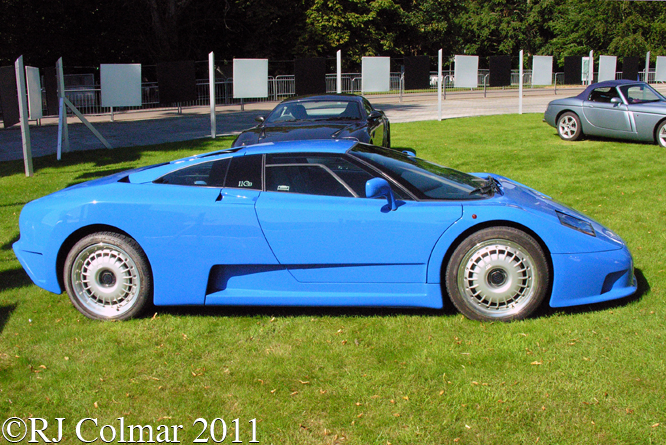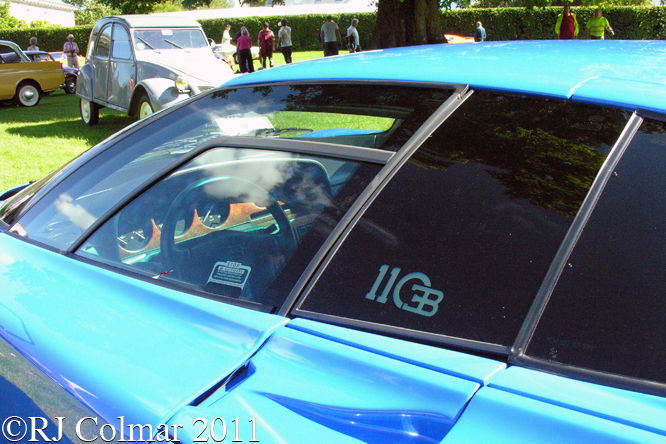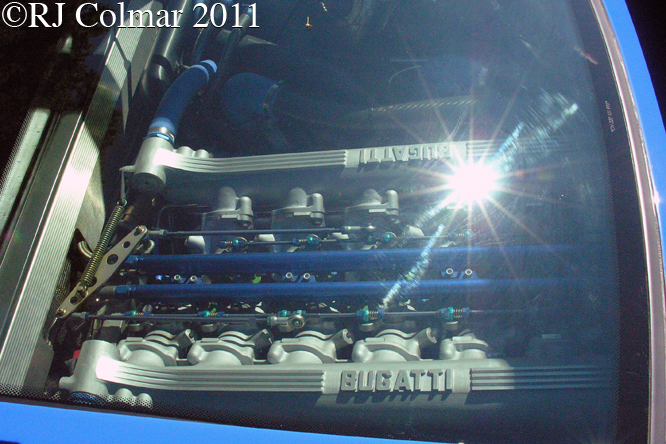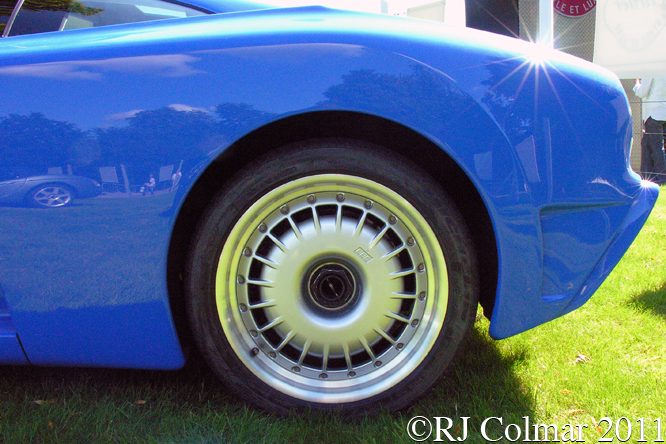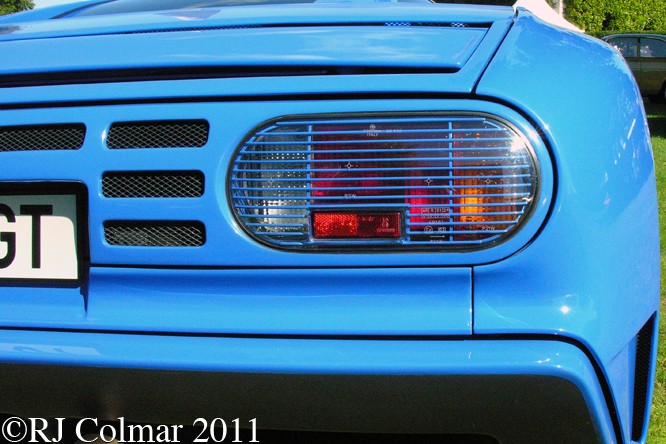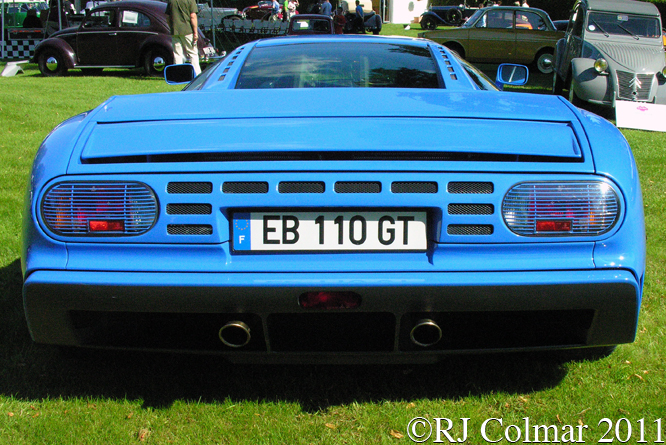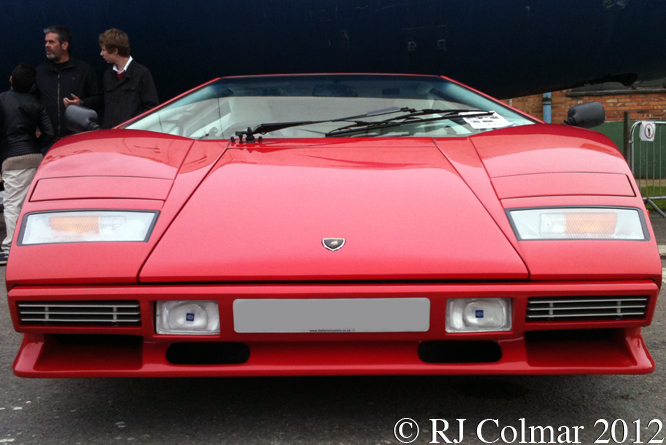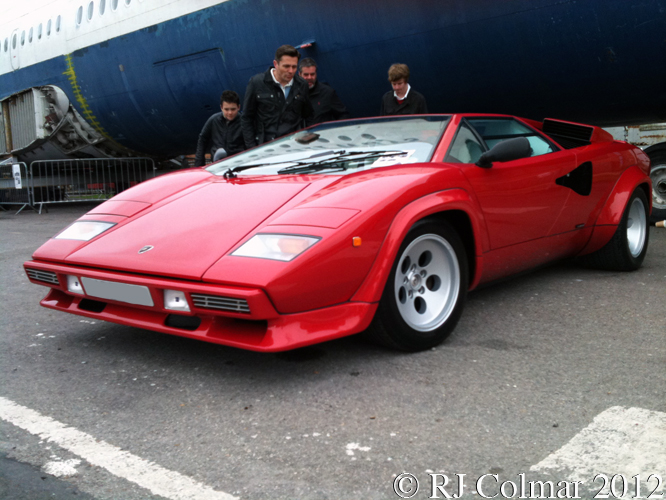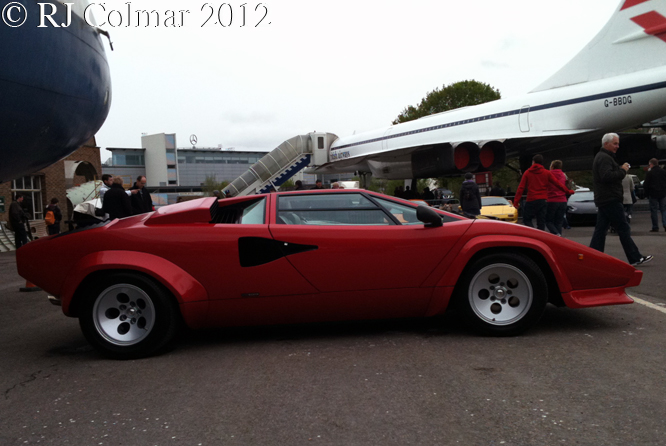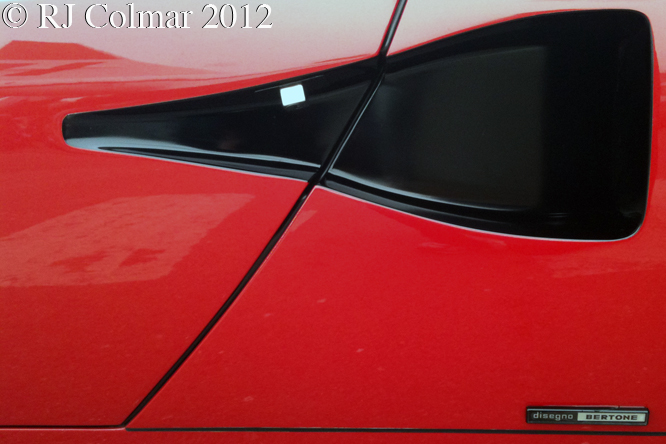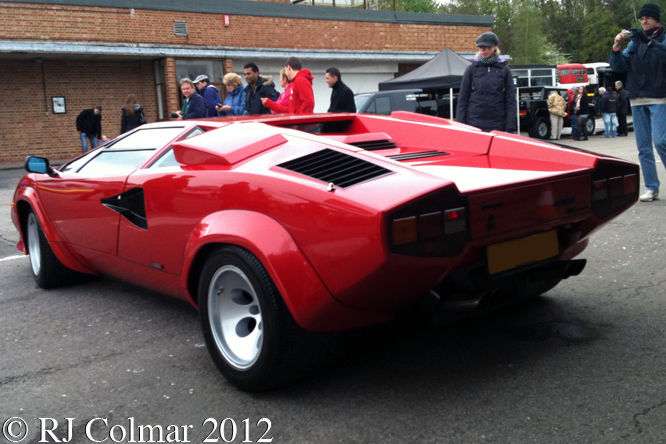When I got up at some absolutely ungodly, dark and cold, hour last November to join some friends from the Bristol Pegasus Motor Club for a trip to the Classic Motor Show at the NEC in Birmingham the last thing I could have imagined was finding my self sitting at the wheel of a 210 mph car, the last Bristol ever built to boot, taking a selfie, a couple of hours later thanks to the generosity of owner Mr Gibbs that is exactly what happened.
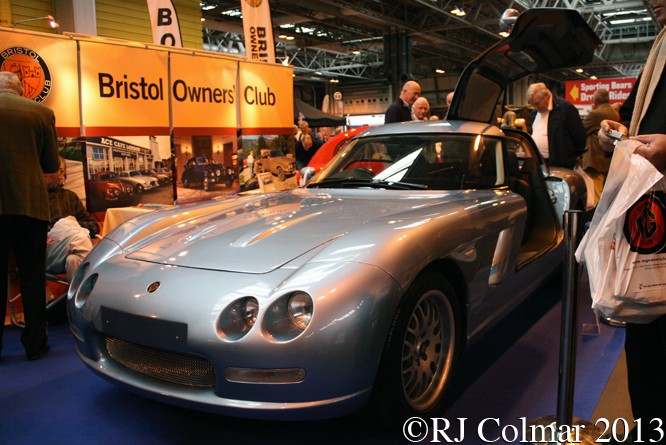
The Bristol Fighter was designed by Max Bostrom, regular GALPOT readers might remember another vehicle from his design portfolio the rumbling Aston Martin AMR 1 Group C Le Mans challenger. The design of the Fighter seems to center on it’s motor which is based on the 8 litre / 487 cui all aluminium Chrysler V10 as used in the Dodge Viper and Dodge Ram SRT-10 pick up.
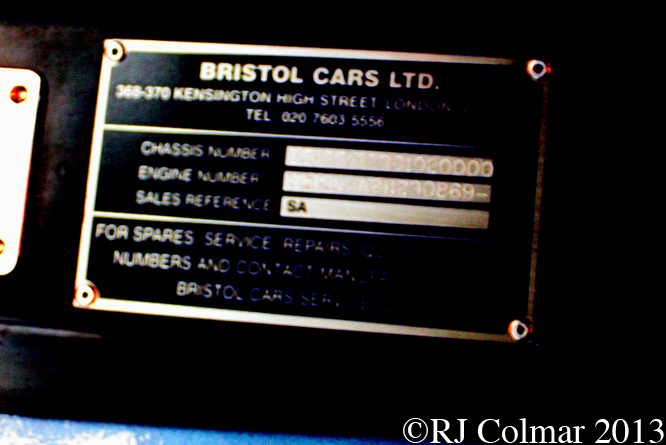
Fitted with Bristol’s own heads the motor was made available with 525 hp in normally aspirated base form, a 628 hp option was also available which with the effects of ram air when in motion is boosted to 660 hp, and if that was not was not enough in turbocharged from the motor produced 1012 hp to become the second most powerful motor ever offered by a manufacturer second only to the 1046 hp quoted for the SSC Aero.
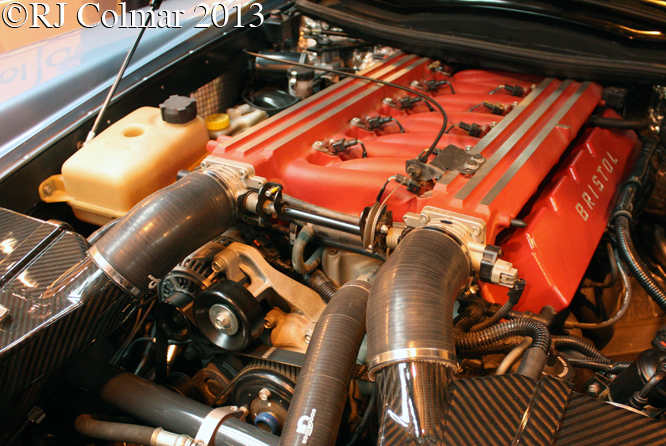
The standard transmission is a six speed manual and with all the torque from the V10, when Richard Porter tested one for evo magazine in in 2008 he found the motor would pull in sixth gear from as low as 30 mph. A 4 speed automatic was an option with performance being the same regardless of transmission meaning 60 mph could be reached from rest in a claimed 4 seconds with the 525 hp motor.

Despite extensive use of aluminium and carbon fiber to save weight and keep the center of gravity than almost every weekend apart from a Ferrari Enzo the interior is completely civilised and decked with finest Wilton carpet over extra thick soundproofing underlays to provide a “perfect environment in which to enjoy the car’s astonishing performance.
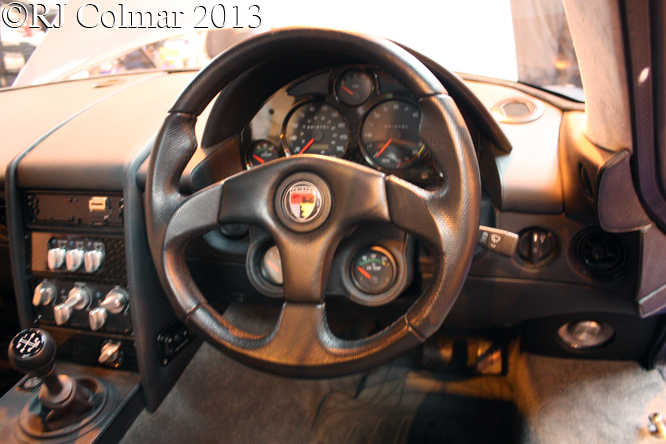
At 6′ tall I find many performance vehicles no go area’s, however the Bristol is different it was designed to accommodate individuals between 5′ and 6′ 7″. I can just picture my 5′ 2″ mother loving this car since she recently passed her Institute of Advanced Motorists test. Notice the swicth gear, finest military grade good enough to last the life of the car, just as well since a replacement switch would cost you £60 each in 2008.
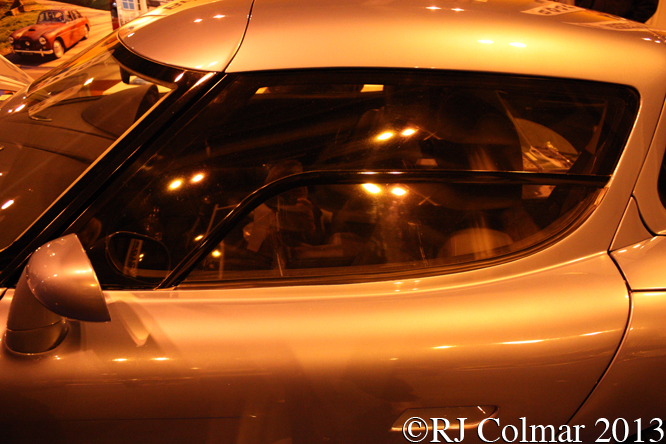
With all of that glass parking should be a piece of cake, no having to open the gull wing doors and getting a mate to talk you in as would be mandatory with some of Marchello Gandini or Pininfarina’s finest designs.
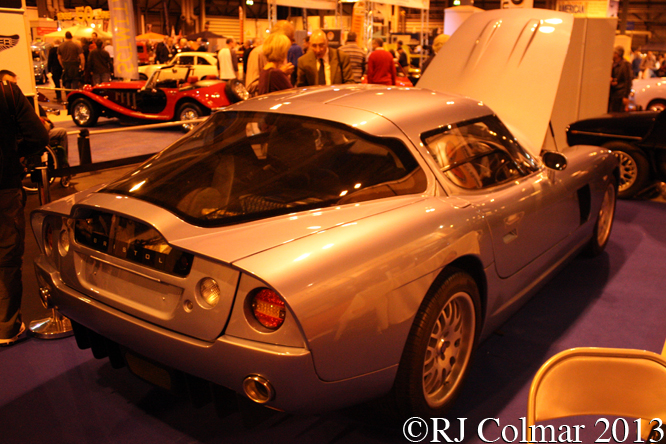
As Bristol said “in a world where cars are styled first and tested for function afterwards the Fighter is again unique”. The 0.28 drag coefficient of the body is class leading, in part because this 210 mph car has no need of wings, Gurney flaps or even venturi because it was designed to set new aerodynamic standards not follow the crowd.
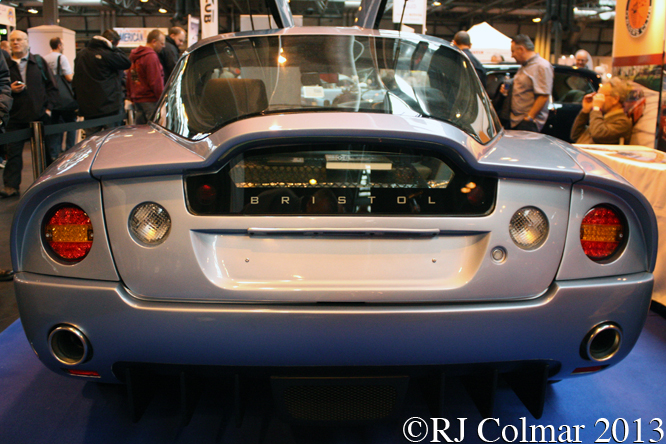
Exact production numbers for the Fighter are hard to come by one source says sixteen Fighters were built while another suggests at least 46 may have been built. What is for sure is that today’s featured car was the last completed Bristol to leave the factory, the owner Mr Gibbs also tells me that one incomplete Fighter left the factory when it closed down in 2011.
In the advertising cody for the Fighter model Bristol claim that it is “Designed according according to engineering and aerodynamic principles, it is intended to represent the finest and most exciting way for two people to travel by road.” One day I’d like to put that to the test, meantime I’d like to thank Mr Gibbs for letting me try his Fighter, the very last complete Bristol to leave the factory, for size.
Now all I have to do is see if I can save my pennies fast than any one else before Mr Gibbs parts with it, did I mention this car which has never been registered is for sale ? It was and if you would like to purchase it get in touch and I’ll gladly pass the message on.
Thanks for joining me on this “Last Finest And Most Exciting” edition of “Gettin’ a li’l psycho on tyres” I hope you will join me again tomorrow. When I’ll be looking at a agricultural super vehicle. Don’t forget to come back now !

